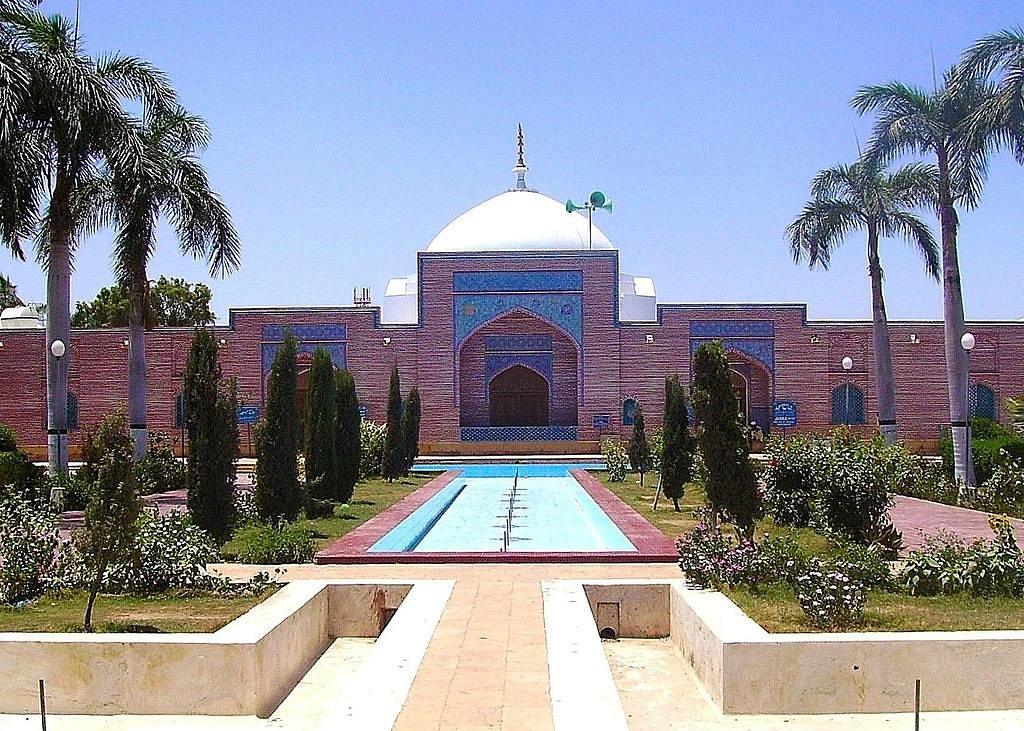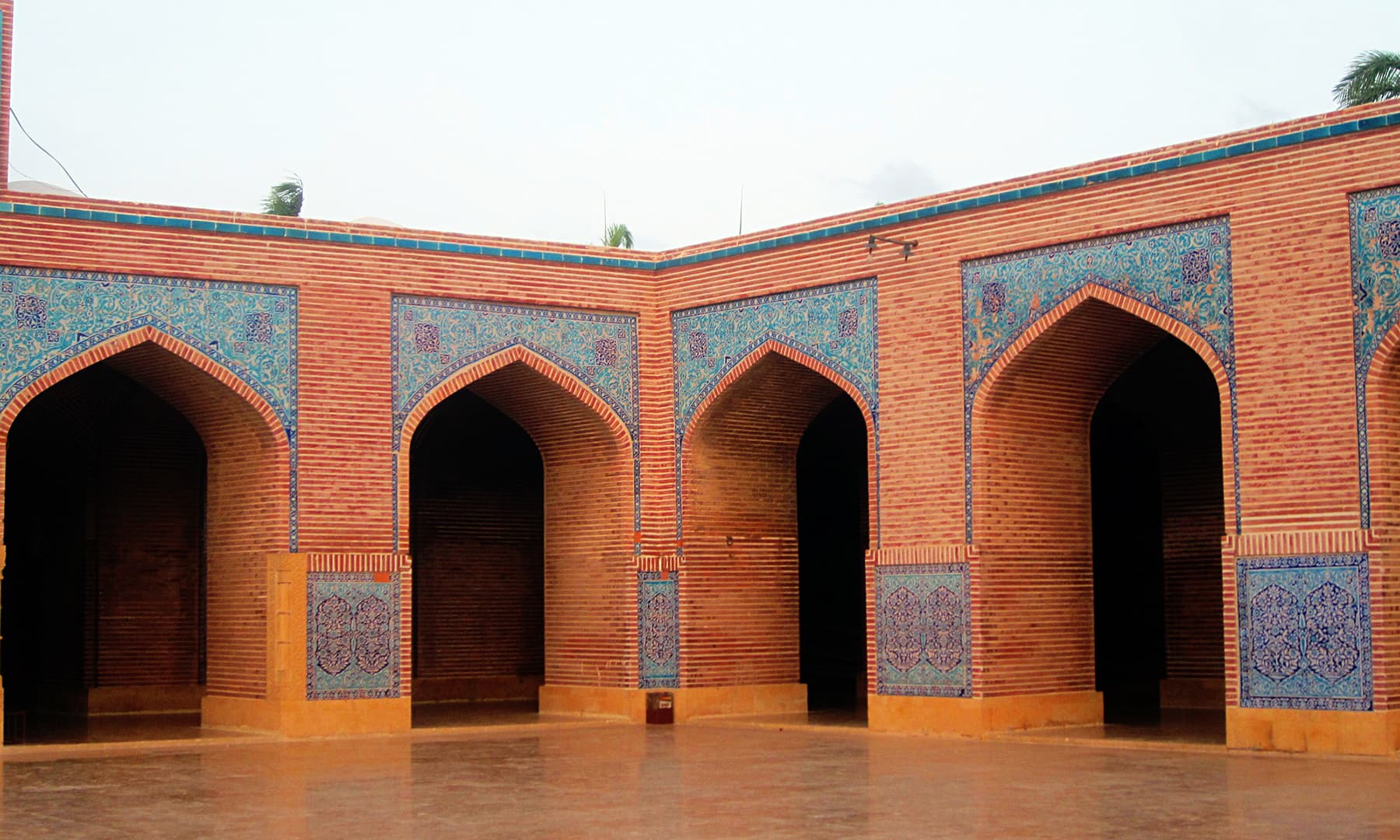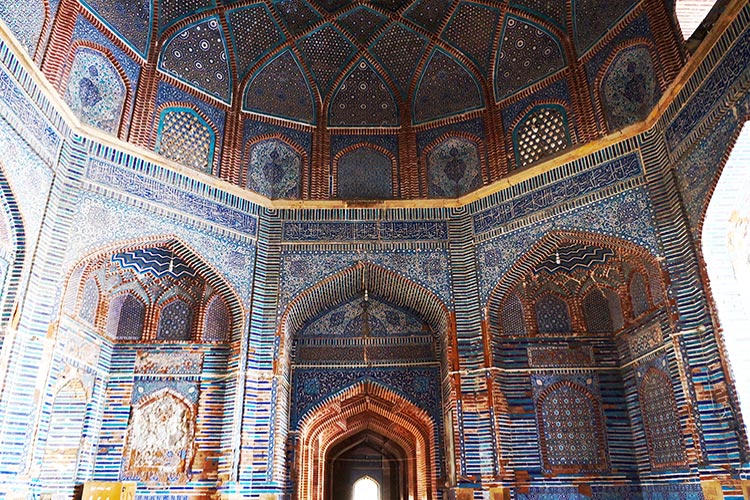Shah Jahan Mosque

Introduction
The Shah Jahan Mosque, located in Thatta, Sindh, Pakistan, is a stunning example of Mughal architecture. Built in the mid-17th century during the reign of Emperor Shah Jahan, it is famous for its intricate tile work and unique acoustic design.
Historical Background
Constructed between 1647 and 1649, the mosque was commissioned by the Mughal Emperor Shah Jahan to serve as a major religious center in Sindh. It reflects the height of Mughal artistry and craftsmanship in the region.
Architecture and Features
- Design: The mosque features beautiful blue and white tile work inspired by Persian art, covering its domes, arches, and walls.
- Acoustics: It is renowned for its perfect acoustics, where even the faintest sound in the central dome can be heard clearly throughout the prayer hall.
- Layout: The mosque has multiple domes, tall minarets, and an expansive prayer hall, all built using baked bricks and adorned with intricate tile mosaics.
Religious and Cultural Significance
The Shah Jahan Mosque remains an active place of worship and a symbol of Islamic heritage in Sindh. It attracts scholars, historians, and tourists who admire its architectural beauty and spiritual atmosphere.
Preservation Efforts
Due to its historical importance, various restoration projects have been undertaken to preserve the mosque’s delicate tile work and structural integrity for future generations.
Quick Facts
- Built: 1647–1649 CE
- Location: Thatta, Sindh, Pakistan
- Commissioned by: Emperor Shah Jahan
- Famous for: Tile work and acoustics
- Architecture style: Mughal
Image Gallery
.jpg)



Shah Jahan Mosque
Location: Thatta, Sindh, Pakistan
Built in the 17th century by Mughal Emperor Shah Jahan, this mosque is known for its beautiful tile work, unique acoustics, and geometric architecture. It stands as a symbol of Islamic art and Mughal influence in Sindh.
Learn more